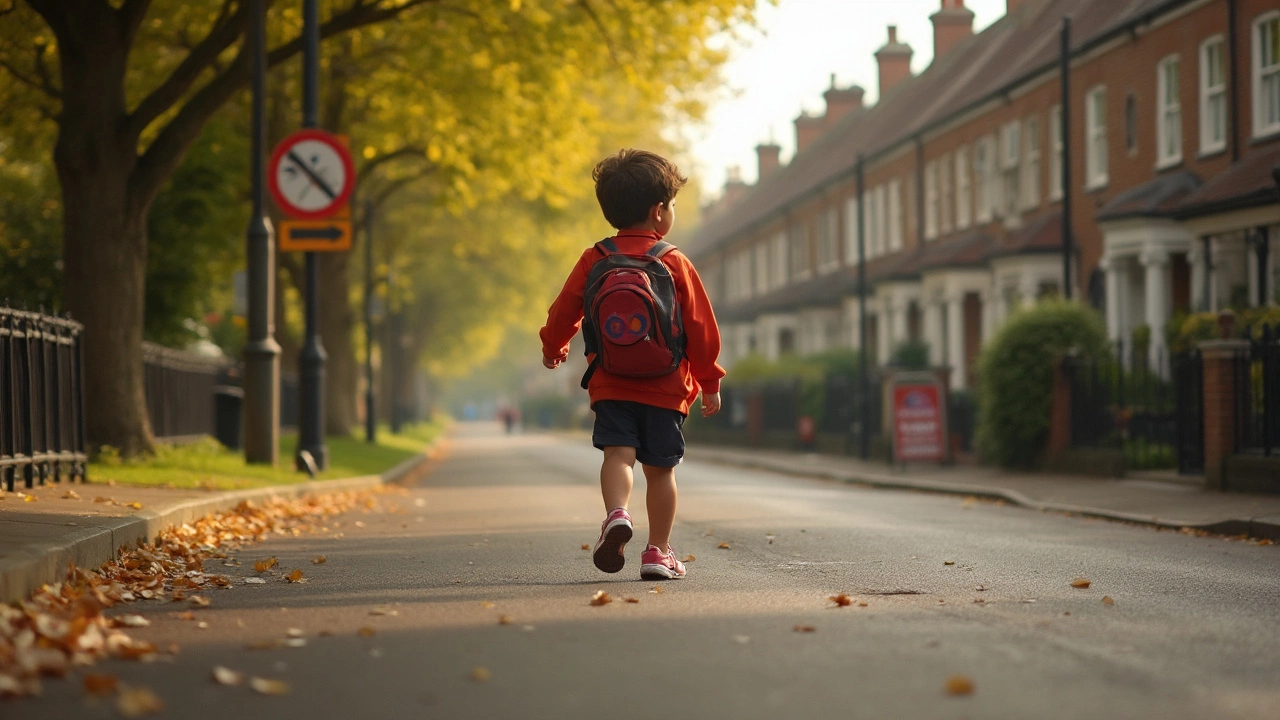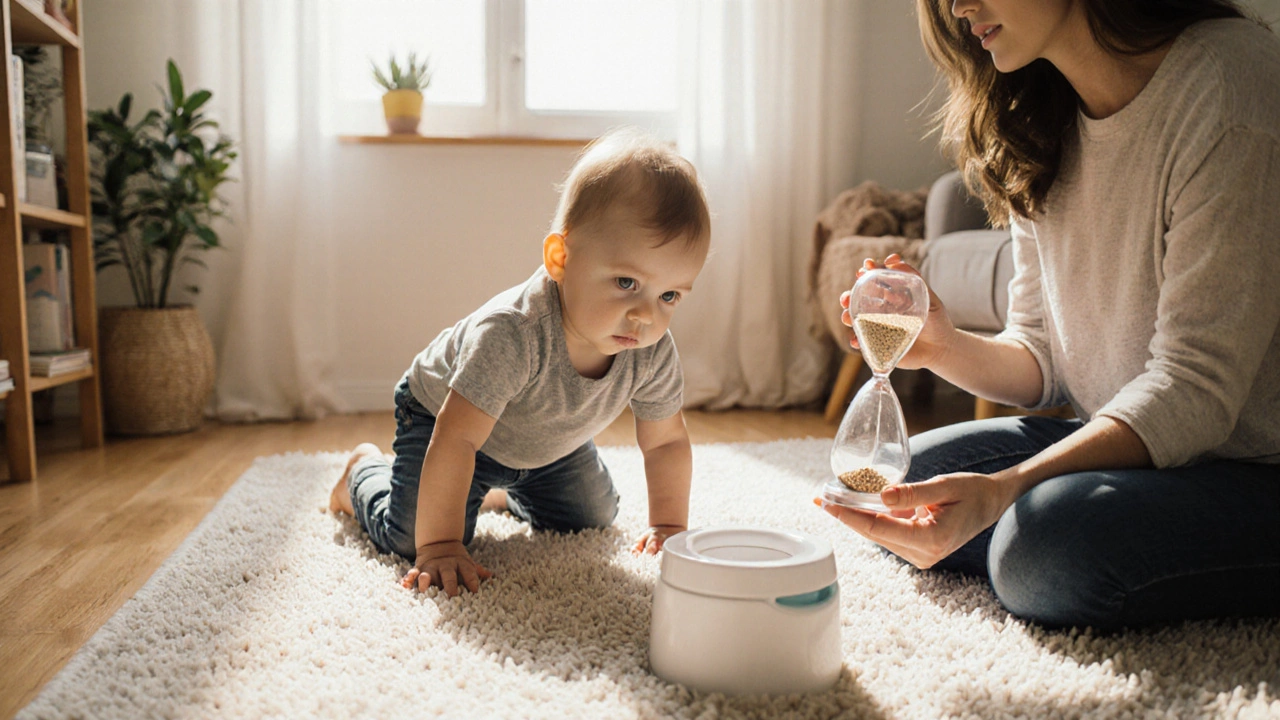Best Age to Buy a Stroller: Expert Guide for Parents & Caregivers
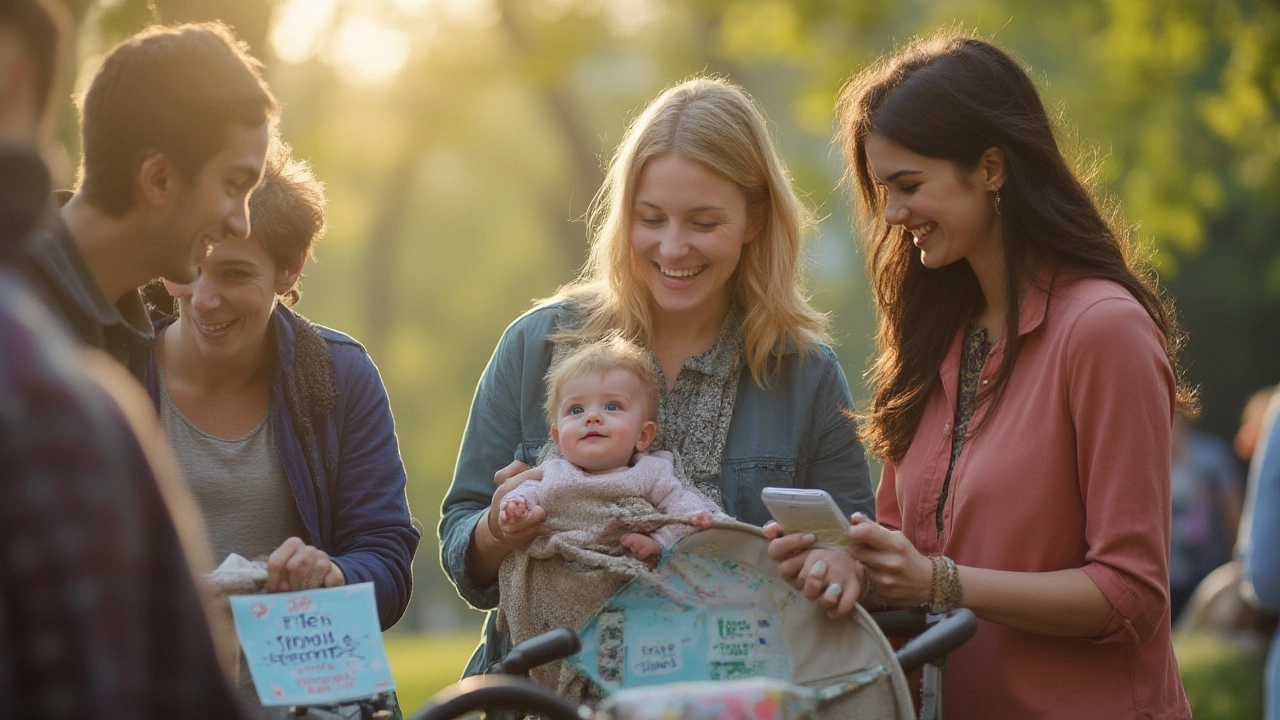
Imagine this: you’re balancing a squirmy baby in one arm while fishing your groceries out of the car with the other. There’s a sudden, deep wish for a third hand—and maybe a fourth. Welcome to the world of new parenthood, where every convenience counts. Nowhere is this truer than with the baby stroller. But knowing exactly which age to jump in and make that purchase? That can get confusing, especially with so many opinions swirling around—grandparents with stories of prams from the ‘70s, friends swearing by their joggers from day one, online forums flooded with stroller drama. So let’s get this untangled: what age should you actually buy a stroller for your little one—and what else should you know before you walk out, wallet in hand (or click checkout in your pajamas)?
When Can Babies Use a Stroller? The Science, the Myths, and the Reality
Babies grow faster than you expect—blink and suddenly they’re not the sleepy little dumpling you took home. Most parents start wondering about strollers even before their child is born. The answer isn’t as one-size-fits-all as the stroller ads would have you believe. In fact, the best time to buy a stroller depends on your baby’s age, development, and everyday needs. Here’s the science-y bit: newborns can’t support their own heads. The American Academy of Pediatrics says most babies begin to control their heads between 3 and 4 months old—but many still wobble until closer to six months. This is a big deal for stroller safety, because standard strollers (the kind you picture cruising the mall) are designed for babes with solid head and neck control.
If you want your baby out strolling before the six-month mark, you need a stroller that fully reclines. Why? Since floppy neck muscles can put baby at risk for slumping or struggling to breathe if seated upright. Good news: most modern strollers include a flat recline or a bassinet-style seat for this stage. Or, some let you attach your infant car seat, so you don’t have to move your sleeping peanut. A lot of pediatricians recommend a high-quality stroller with full newborn support if you’re venturing out in the first few months. Keep in mind, strollers marketed as “umbrella” or “lightweight” usually don’t recline enough for newborns—hold off on those until your little one is much sturdier.
But when do most parents actually make their purchase? A 2024 survey by BabyList found that 82% of families added strollers to their registry before the third trimester—meaning many had secured their wheels before baby even arrived. This makes sense: newborns love outings (and usually conk out with the gentle motion), but you don’t want to be scrambling for gear post-birth. On the other hand, some parents wait until baby is three or even six months old, using a carrier or sling at first. City dwellers and frequent travelers also tend to shop earlier, wanting something nimble while baby is still tiny. Truth is, you can buy a stroller at any time, as long as it’s safe, supports your child’s development, and fits your lifestyle.
What about families with more than one child? If you already have a little one toddling about, a double stroller becomes more than a luxury—think of it as parental survival gear. In this case, timing your stroller purchase might depend on your eldest’s age and the kind of walks or errands you plan to tackle.
Here’s a quick look at age recommendations for stroller use based on most pediatric guidelines, stroller types, and common features:
| Stroller Type | Recommended Baby Age | Key Feature |
|---|---|---|
| Travel System (with infant car seat) | Newborn and up | Easy car-to-stroller transfers |
| Bassinet Stroller | Newborn to 6 months | Fully flat, cozy ride |
| Standard/Reclining Stroller | From around 3-6 months | Reclining seat, larger wheels |
| Umbrella/Lightweight Stroller | 6 months and up | Super portable, often upright seat |
A helpful tip: check your stroller’s age and weight guidelines. It’s not just about age—weight and size matter, too. Some strollers claim to handle a 3-month-old, but each baby is different. If your child is petite or born early, a stroller made for older infants might not be right yet.
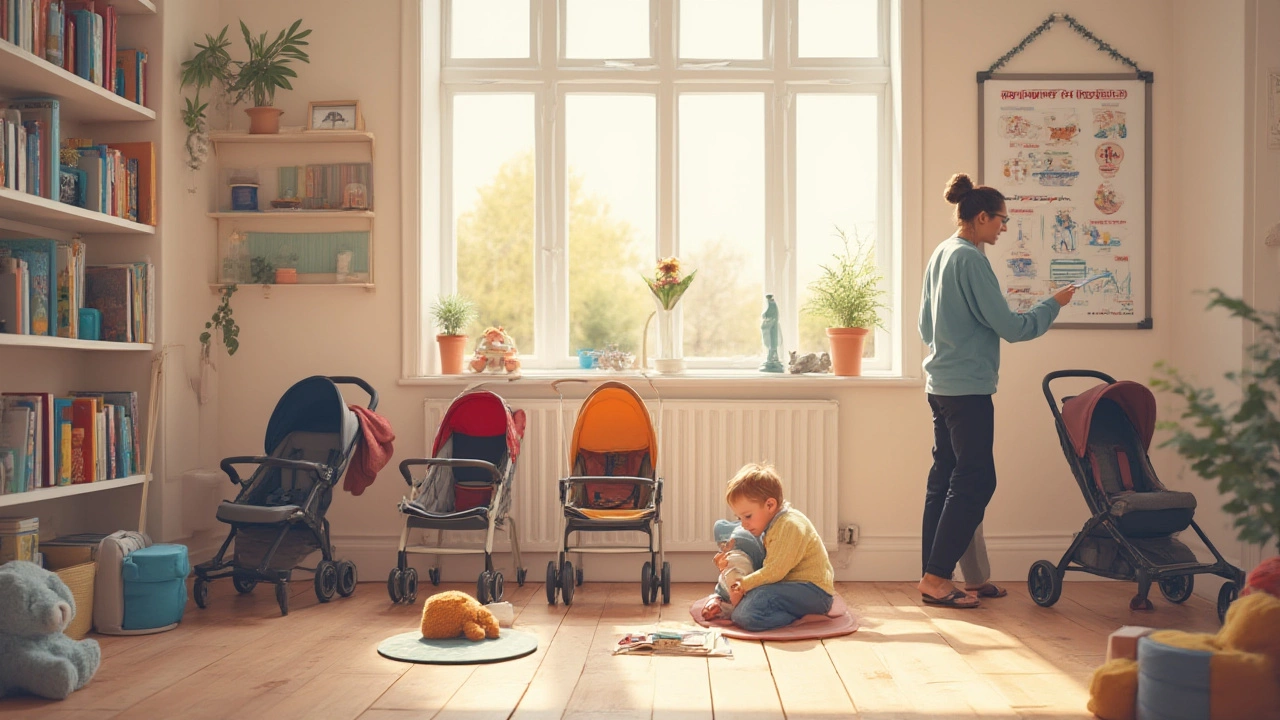
The Best Time to Buy: Factors That Change the Game
You might be surprised just how much your everyday life shapes the best time to buy a stroller. Are you someone who loves long park walks, city commutes, or hitting up busy grocery stores? Or maybe you plan to mostly hang out at home those first few months. Your routine shapes your stroller needs way more than your baby’s birth date alone.
For city dwellers, strollers are almost as important as your phone. Public transit commutes, tiny apartment hallways, and sidewalk strolls with coffee call for compact strollers. Many urban parents buy even before baby arrives—think of it as prepping for “walking naps.” On the flip side, if you live in the suburbs, have a car, or enjoy babywearing at home, you might get by just fine those first weeks without rushing your stroller purchase. Plenty of rural parents wait until after their six-week postpartum check to shop, taking time to figure out what feels best for them and baby.
If you plan to travel, time it out carefully. Airlines now let you gate-check strollers for free, but not all strollers survive baggage handling. Ultra-compact travel strollers that fit in the overhead bin are popular for families who want to hop on a flight as soon as baby’s cleared to travel (usually after 2-3 months). These mini wonders shouldn’t be your only stroller, but they’re a game-changer for globe-trotting parents who need light and packable gear. Even if you wait to buy your fancy all-terrain stroller later, sometimes a cheap, compact backup is worth it just for travel flexibility.
If you’re blessed (or cursed) with lots of product advice, you’ll hear that “buying after the baby shower is smartest”—that way you don’t double up on gifts. Some parents stock up on big-ticket items via registry, taking advantage of discounts or group gifts. Just make sure you actually like the stroller your cousin bought you—some stores offer exchanges but many don’t. If you’re able, go for a test drive in-store long before baby comes. Try handling corners, folding with one hand, and ask yourself: does this thing fit in my trunk?
Here’s a clever trick: buy your stroller with an extended return window, which most big box retailers and online shops now offer (Amazon, Target, Walmart, and BabyList will usually accept stroller returns for 90+ days if unused). You can shop early, but if you change your mind after baby arrives, you aren’t stuck with a stroller collecting dust in your hallway.
Finances can play a surprisingly big role, too. Did you know that peak stroller sales happen between January and April? Retailers slash prices for spring babies, but also to clear out last year’s models. Shopping for your stroller during these sales months can knock 20-40% off even premium brands. Insider tip: sign up for those email alerts—it’s annoying, but you’ll snatch the best stroller deals when stores run post-holiday or pre-summer clearances. Don’t forget: if budget is tight, you can snag almost-new strollers on Facebook Marketplace or secondhand shops. Just check for recalls and sanitize it well before trusting your precious cargo inside.
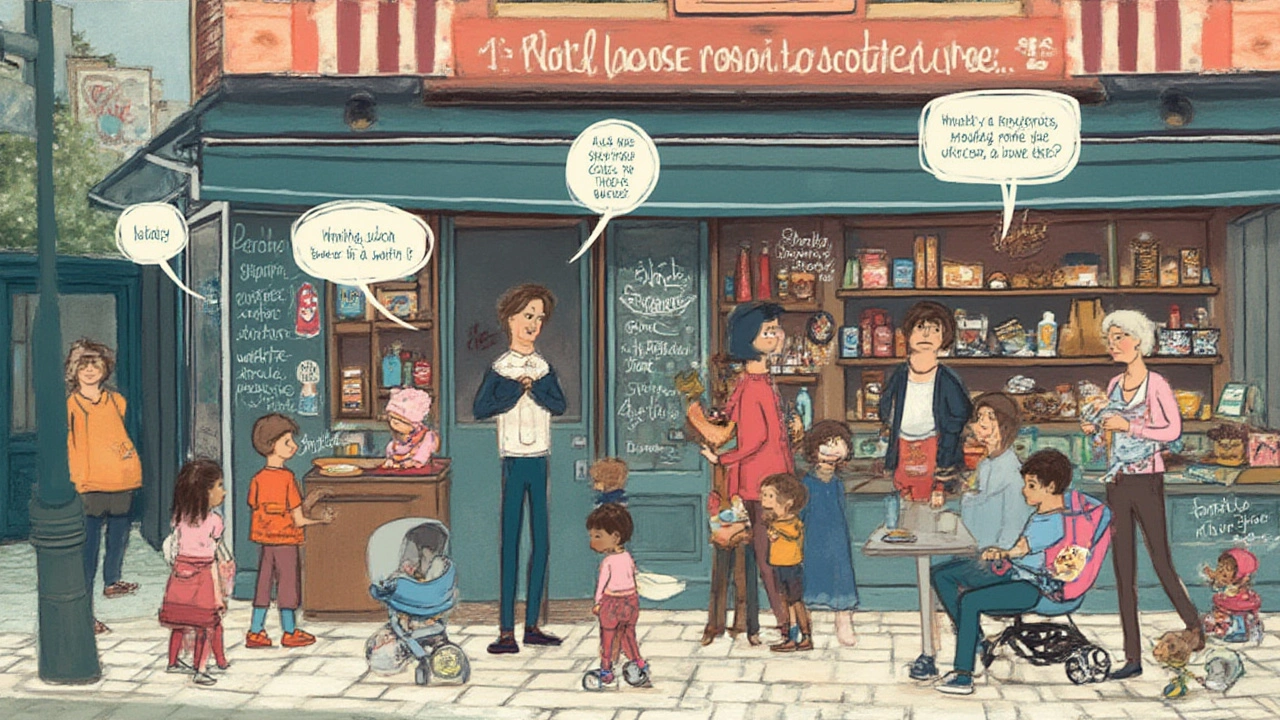
Don’t Get Stroller FOMO: Smart Shopping Tips & Fun Stroller Trivia
Here’s the funny thing—no one ever thinks they’ll become a “gear-obsessed” parent, but strollers can bring out a secret competitive streak. You’ll see everything on the playground from $950 German engineered prams to $25 thrift-store finds, and there’s no prize for having the trendiest wheels. What really counts is your stroller works for your lifestyle, your baby’s needs, and your wallet.
Stroller safety matters more than design or color: always check that your stroller meets the latest standards from the U.S. Consumer Product Safety Commission (CPSC) or your country’s equivalent. This means your wheels won’t jam when you hit a curb, there are no finger-pinching hinges, and the five-point harness actually holds your wiggly explorer. As of late 2023, all new strollers sold in major U.S. retailers must have a visible manufacturer label and safety certificate. If you’re eyeing a used stroller or borrowing one from a neighbor, look up any recalls for that model—it’s not worth saving a few bucks if it puts your baby at risk.
When it comes to features, here’s what most parents care about most: a big canopy to shield baby from the sun, sturdy wheels (foam-filled means no flats!), washable fabrics (hello, spit up and blowouts), and a workable storage basket (yes, your diaper bag is probably too big). Many parents upgrade to a smaller, lighter stroller as their baby grows into the toddler years—no need to buy the "perfect" stroller right away. You might fall in love with a snazzy travel system now, then switch totally by the time first birthday rolls around. The stroller market is always coming out with innovative add-ons. Think snack trays, ride-on boards for older siblings, smartphone holders, and one-handed fold mechanisms—each year, new perks appear to meet modern parents’ wildest dreams (and headaches).
Wondering if it’s better to buy one stroller that does everything or multiple niche strollers? Research shows the typical American family will buy not one, but up to three strollers in the first three years of a child’s life! Here’s why: baby outgrows the first by the time they're running circles around you, or you realize your lifestyle changed (maybe you moved or travel more now). Don’t stress over getting it all right at once. If you start with a versatile, sturdy stroller that meets when to buy a stroller safety guidelines, you can always switch models later. Think of it like shoes—what fit next month may not work next year.
- Fact: The world’s first baby carriage was invented in 1733 by William Kent for the 3rd Duke of Devonshire. It was basically a fancy mini-chaise with wheels.
- Did you know? The term “stroller” is mostly American—our cousins in the UK still call them “prams” or “pushchairs.”
- Tip: If you’re stroller shopping and can’t decide between two similar options, go for the one with better maneuverability. Your back, arms, and patience will thank you later.
- Quick check: Always test the brake and wheel lock before every outing. These small steps can prevent runaway stroller mishaps, which, yes, really happen on hills!
- Want hands-free? Try pairing your stroller with a sturdy cup holder and a universal phone mount. Little things can make those endless walks feel a lot more grown-up.
- Bonus: Make your stroller stand out by tying a bright ribbon or charm on the handle. This will save you from the classic “stroller mix-up” at busy playgrounds or airports.
Stroller gear will keep evolving, and so will your parenting journey. Buy when it feels right, but go with the models that are safe, fit your space, and leave room for life’s “what ifs.” Parenthood’s stressful enough without sweating the small stuff. Your journey, your pace—and your baby will be just as happy staring up at the trees or the ceiling from whatever wheels roll them forward.
